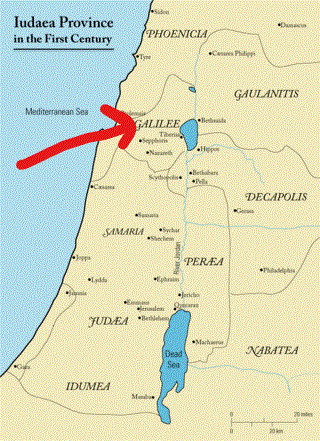The Changing Economy in First-Century CE Judea

In The Deadliest Fever, the rabbi and Amram, one of the elders, discuss the background of Daniel, the security guard at the Great Synagogue. Another elder, Gershon, suspicious that Daniel is at the heart of the desecration of the Torah mantle, wants him sent back to the Galilee.
“He’s the son of a tenant farmer from a once-proud family of olive growers.” Amram offers. “They, like a lot of our brethren, have had to sell off the land they’ve owned for generations just to stay solvent.”
“Yes, the new economy is a disaster for our peasants. No longer self-sufficient on their small, family-owned farms, bartering their surplus for the little else they need, they’ve suddenly had to subsist in a money-based economy.”
Amram, punctuating the rabbi’s explanation with nods, adds, “And then in the wake of the Roman tax collectors, their land is seized and bought up by wealthy city dwellers who consolidate the farms into massive commercial estates. In no time, our proud peasants are working for a pittance on the very land they used to own. So, you see, our Daniel would have nothing to go back to.”
But Miriam is convinced something more sinister than a country boy’s greed is behind the desecration of the Torah mantle, which happens to be embedded with three peerless gems once belonging to King Solomon. In fact, she connects the damage to the death of a sea captain, a jewel heist in Ephesus, and the bite of a rabid bat. Follow this, her most daring exploit yet. Just click here.














